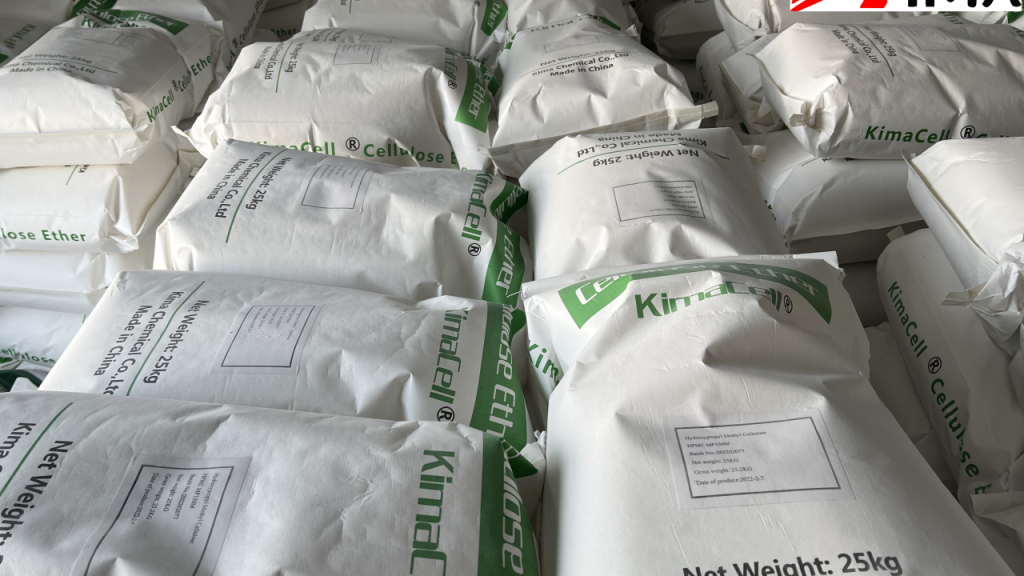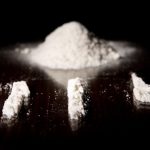Introduction
In the modern construction industry, premium tile adhesives are expected to deliver superior bonding strength, easy application, and long-lasting durability. One of the most important ingredients that make this possible is Methyl Hydroxyethyl Cellulose. As a versatile, high-performance additive, Methyl Hydroxyethyl Cellulose plays a crucial role in enhancing the properties of tile adhesives, ensuring they meet the high standards required for professional and residential projects. Understanding why Methyl Hydroxyethyl Cellulose is widely chosen in this sector can help manufacturers, builders, and even DIY enthusiasts appreciate its unique benefits.
Understanding Methyl Hydroxyethyl Cellulose
Methyl Hydroxyethyl Cellulose is a non-ionic cellulose ether derived from natural cellulose. It is chemically modified to improve solubility, viscosity control, and performance in various applications. In the context of tile adhesives, Methyl Hydroxyethyl Cellulose offers multiple functional advantages such as improved water retention, better workability, and enhanced adhesion. It is widely used because it performs consistently in diverse environmental conditions, making it ideal for construction materials.
The Role of Methyl Hydroxyethyl Cellulose in Tile Adhesives
Tile adhesives need to provide a secure bond between tiles and the substrate while maintaining workability for easy installation. Methyl Hydroxyethyl Cellulose serves as a key thickener, binder, and water-retention agent in these formulations. By controlling the viscosity, Methyl Hydroxyethyl Cellulose ensures the adhesive is easy to spread without dripping, even on vertical surfaces. Its water retention properties slow down the drying process, giving installers more open time to adjust tiles precisely.
Improved Water Retention and Workability
One of the main reasons Methyl Hydroxyethyl Cellulose is chosen for premium tile adhesives is its exceptional water retention ability. By keeping moisture in the adhesive for longer periods, Methyl Hydroxyethyl Cellulose prevents premature drying, which can weaken bonding strength. This ensures the adhesive cures properly, resulting in a more durable bond. Moreover, the smooth, creamy texture provided by Methyl Hydroxyethyl Cellulose makes the adhesive easier to work with, reducing application fatigue for workers.
Enhanced Adhesion Strength
A premium tile adhesive must firmly hold tiles in place over time, even under stress or exposure to moisture. Methyl Hydroxyethyl Cellulose contributes to improved bonding by evenly dispersing other ingredients within the mix, ensuring uniform consistency. This homogeneity allows the adhesive to grip both the tile and the substrate more effectively. As a result, Methyl Hydroxyethyl Cellulose helps manufacturers create products that meet or exceed industry standards for adhesion strength.
Resistance to Slippage
Installing tiles on vertical surfaces, such as walls, presents the challenge of slippage before the adhesive sets. Methyl Hydroxyethyl Cellulose enhances the anti-slip properties of the adhesive, ensuring that tiles remain in place after positioning. This is especially valuable for large-format or heavy tiles, where gravitational pull can cause shifting. With Methyl Hydroxyethyl Cellulose, tile installation becomes more precise and less prone to errors.
Stability in Various Conditions
Environmental factors like temperature, humidity, and exposure to water can affect the performance of tile adhesives. Methyl Hydroxyethyl Cellulose provides excellent stability across a wide range of conditions. Whether in hot, dry climates or humid, cold environments, Methyl Hydroxyethyl Cellulose helps maintain consistent adhesive performance. This reliability is a key reason why manufacturers trust it for premium products intended for both indoor and outdoor use.
Compatibility with Other Ingredients
Tile adhesive formulations typically include cement, sand, polymers, and various additives. Methyl Hydroxyethyl Cellulose is compatible with most of these materials, allowing for flexible formulation design. Its non-ionic nature means it does not react negatively with other components, which helps maintain the stability and effectiveness of the adhesive over time. This compatibility is another reason why Methyl Hydroxyethyl Cellulose is a preferred choice in the industry.
Cost-Effectiveness and Performance Balance
While premium quality is essential, cost efficiency also matters to manufacturers and customers. Methyl Hydroxyethyl Cellulose offers a balance between performance and cost, allowing manufacturers to create high-quality adhesives without excessive production expenses. Even in small amounts, Methyl Hydroxyethyl Cellulose can significantly improve product quality, making it a valuable and economical ingredient.
Environmental Considerations
With increasing emphasis on sustainable building practices, Methyl Hydroxyethyl Cellulose is favored for being derived from renewable cellulose sources. Its safe handling properties and low environmental impact make it a suitable choice for eco-conscious adhesive production. By using Methyl Hydroxyethyl Cellulose, manufacturers can enhance product performance while supporting greener construction solutions.
Conclusion
Methyl Hydroxyethyl Cellulose is more than just a common additive—it is a vital performance enhancer in premium tile adhesives. Its ability to improve water retention, workability, adhesion strength, slippage resistance, and stability under various conditions makes it a top choice for manufacturers aiming for excellence. In addition, its compatibility with diverse formulation ingredients and environmentally friendly origins further strengthen its appeal. For anyone seeking reliable, high-quality tile adhesives, the presence of Methyl Hydroxyethyl Cellulose is a strong indicator of product performance and durability, ensuring exceptional results in both professional and home improvement projects.


